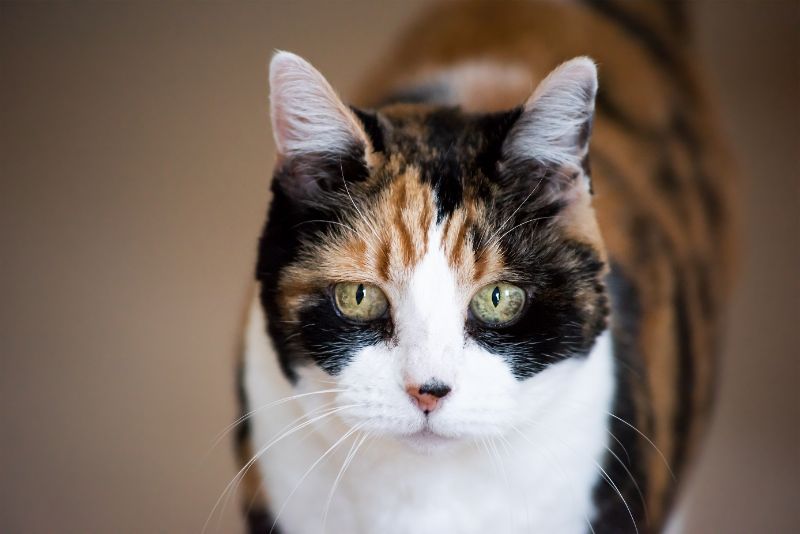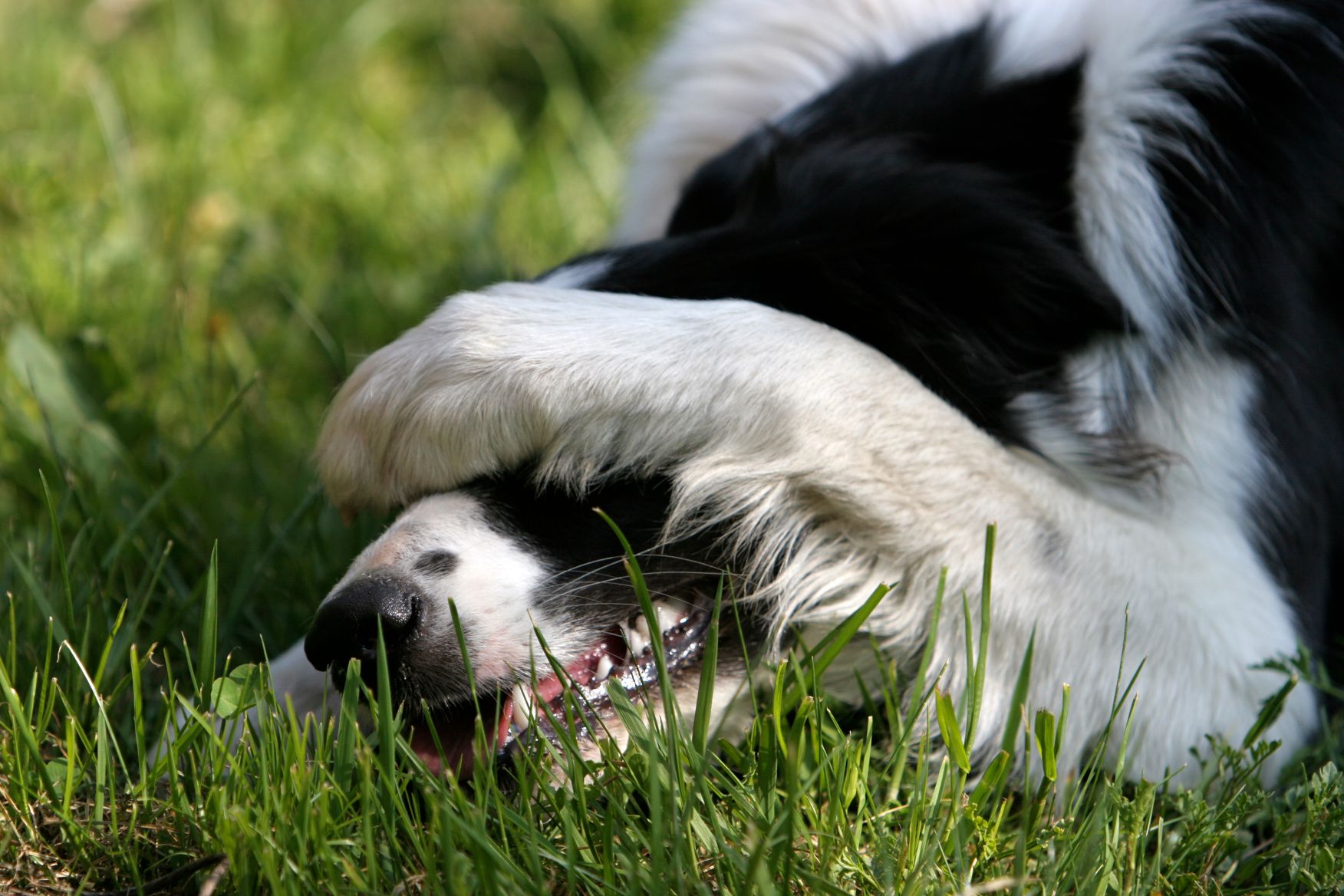Search Results for ‘lumps’
Lumps and Bumps on Pets: What are They and When to Worry

Discovering a lump or bump on your pet can be concerning at best, frightening at worst. It’s understandable to worry: Is it normal? Does my pet need to see the veterinarian right away?
While new lumps and bumps on our pets should never be ignored, in many cases, they end up being nothing to worry about. Our medical team at Lone Tree Veterinary Medical Center has seen countless lumps and bumps, so you can rely on us to help determine when one is a problem that needs to be addressed and when it’s not.
Continue…Canine Oral Papilloma Virus: Knowing the Signs and Risks

We often think of puppies as cuddly and adorable creatures, but that little wart-like bump you just noticed on your pup’s lip may not be so cute. While lumps and bumps on dogs are not unusual, when they occur in young and/or social dogs, canine oral papilloma virus, or COPV, is on the list of rule-outs for our team at Lone Tree Veterinary Medical Center.
Continue…The Reverse Sneeze: What It Is And When To Worry

You are minding your own business, when out of nowhere comes the odd, surprising, and utterly weird sound of honking or wheezy snorting from your dog. You run to your pet’s aid, only to discover that he or she is perfectly fine, standing there as though nothing has happened. But what did happen? Do you call us or drop everything and rush your pet in as an emergency?
It is likely that what your pet just experienced is known as paroxysmal respiration, more commonly called “reverse sneezing”. Hearing a reverse sneeze can certainly be alarming, but it’s often a normal occurrence for a dog or cat.
Continue…10 New Year’s Resolutions for Pet Owners

Starting the New Year with a list of resolutions? We’ve compiled 10 New Year’s Resolutions for Pet Owners to inspire you! From eating healthier to getting more exercise, there are plenty of ways to kick off the year on a positive note for you and your pet.
Continue…Beneath The Surface: The Lowdown On Anesthesia-Free Pet Dental Cleanings
 We are frequently asked about anesthesia-free pet dental cleanings, which have grown in popularity in recent years. This is the practice of performing a dental cleaning on a pet, which involves scaling (cleaning and scraping) the pet’s teeth to the gumline, without the use of general anesthesia.
We are frequently asked about anesthesia-free pet dental cleanings, which have grown in popularity in recent years. This is the practice of performing a dental cleaning on a pet, which involves scaling (cleaning and scraping) the pet’s teeth to the gumline, without the use of general anesthesia.
The popularity of anesthesia-free dentals is mostly due to marketing campaigns that promote the anesthesia-free method as a less expensive alternative to a dental cleaning that is performed while the pet is under general anesthesia. Unfortunately, it is also based on misinformation regarding what is really involved in cleaning a pet’s teeth. Marketers for anesthesia-free dental cleanings also fail to mention that these dentals often make a pet’s oral problems worse and, in many cases, involve abuse and cruelty.
For pet owners seeking to minimize the number of times a pet has to be “put under” with general anesthesia, the anesthesia-free idea may seem like a great option, but the procedure is wrought with many risks and problems that, in our opinion, outweigh any perception of benefit.


